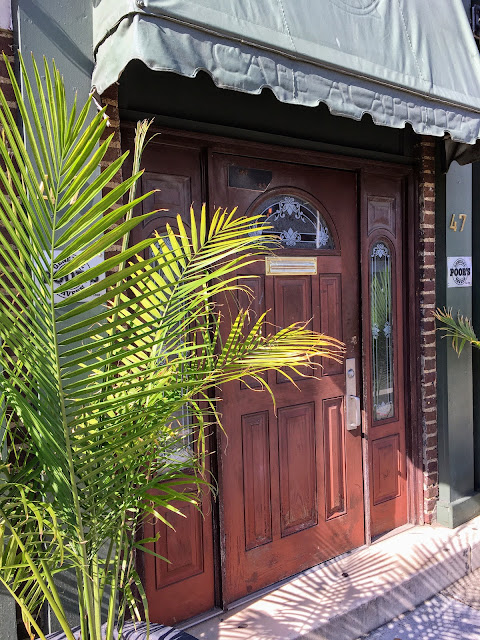Sailors from Groton naval base
join volunteer effort to save boat
EDITOR
HACKENSACK, N.J. -- Volunteers and active-duty sailors have breathed new life into the USS Ling, a storm-damaged and flooded World War II submarine that needs a new home.
The biggest accomplishment since a rescue effort was launched in mid-September are repairs to the ballast tanks, and a low-pressure ballast blow that expelled all of the mud inside the sub, which is stuck in the muck of the Hackensack River.
This landlubber's understanding is that a submarine's ballast tanks are flooded when the crew wants to dive, and then air expels the water, bringing the boat to the surface.
"She didn't float," said Lewis Palmer, a spokesman for the volunteers and a founding member of a proposed Louisville Naval Museum, a non-profit in Kentucky, where the Ling would be towed when seaworthy.
"She's still pretty much stuck in the mud," he said in a telephone interview.
But Palmer believes repairs to the ballast tanks eventually will allow the Ling to be floated and towed down the Hackensack River.
Submariners pitch in
Sailors from Naval Submarine Base New London in Groton, Conn., also repaired a 3-inch rust hole that allowed river water to flood the Ling, Palmer said.
The hole, repaired at low tide, was located "under the signal-flare ejector tube" on the port or left side in the aft or rear section of the Ling, he said.
Palmer estimated that 14 sailors put in a total of 100 hours working on the boat with the permission of the property owner, Stephen A. Borg, former publisher of The Record.
Palmer praised Borg's cooperation, noting the newspaper publisher-turned-apartment developer was happy to hear about the volunteer effort to move the Ling, and always gave access to the fenced and locked site off of River Street when asked.
Other support
The sailors also were able to borrow a compressor to test the sub's ballast tanks from the Eastern Concrete Materials plant in Bogota, just across the river.
The save the Ling effort also received donations of Purple Power cleaner/degreaser and Blaster lubricant from the manufacturers.
And, Palmer said, American Commercial Barge Line in Jeffersonville, Ind., which is near the proposed naval museum in Louisville, has offered to tow the Ling about halfway there, a job that would normally cost $5 million.
The Ling, which is just under 312 feet long, was one of the U.S. Navy's Balao-class submarines built during World War II, and with 120 completed, it was the most successful.
Palmer, 50, an Army veteran who lives in Indiana, traces his love of submarines to the lore he heard from his grandfather, who served on three Balao-class submarines, but not the Ling.
 |
Lewis Palmer, a founding member of the proposed Louisville Naval Museum on the Ohio River, discussing plans for the USS Ling with a reporter on Sept. 14.
|
Submarine Memorial Association
You can find a history of the USS Ling on Weird N.J. or Wikipedia.
The Ling was donated to the Submarine Memorial Association and moved to 78 River St. in Hackensack -- Borg Park -- in January 1973, when restoration work "to near mint condition" began, according to Weird N.J.
The gangplank that allowed the public to visit the sub was swept away during Superstorm Sandy in 2012, and the New Jersey Naval Museum closed a few years later.
Palmer, spokesman for the volunteer group preparing the Ling for the move to Kentucky, said the head of the Submarine Memorial Association won't talk to him, and that is hindering interior work.
Read an earlier post about the USS Ling:












